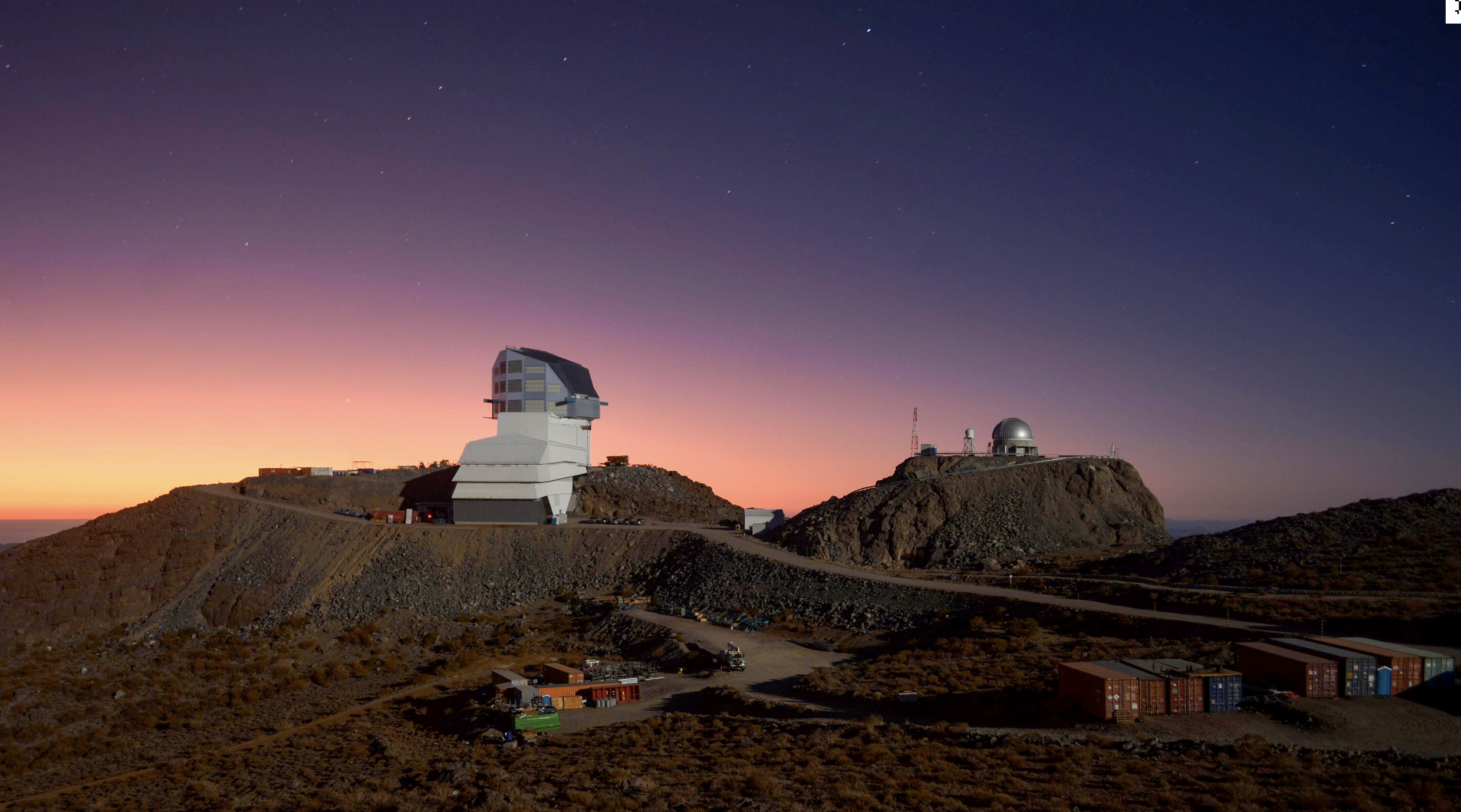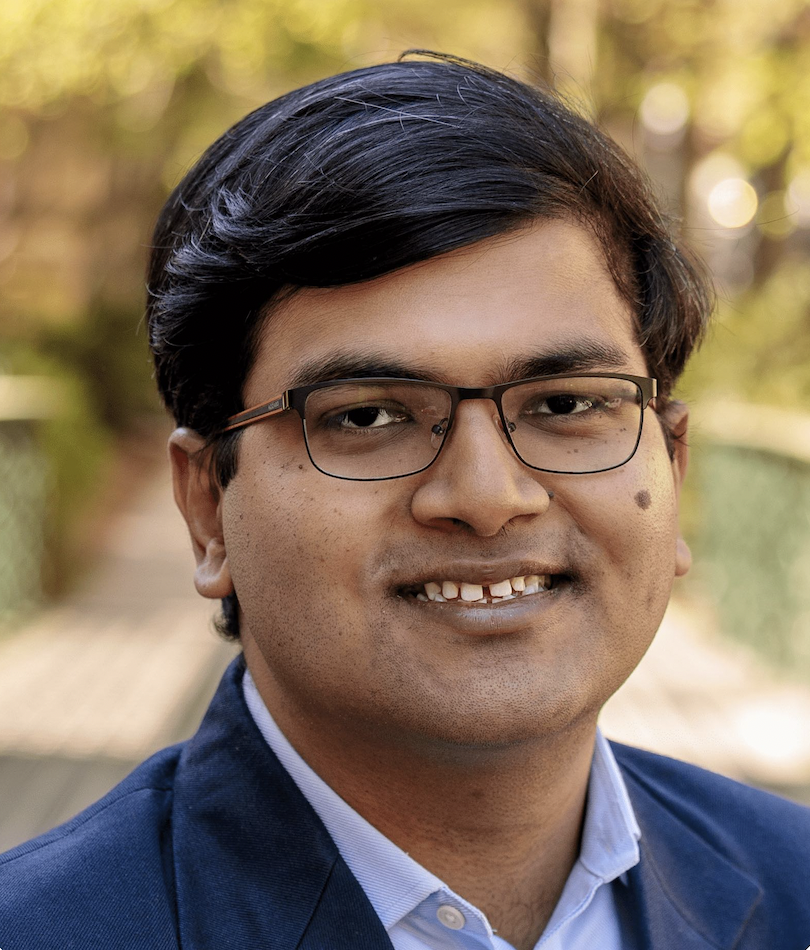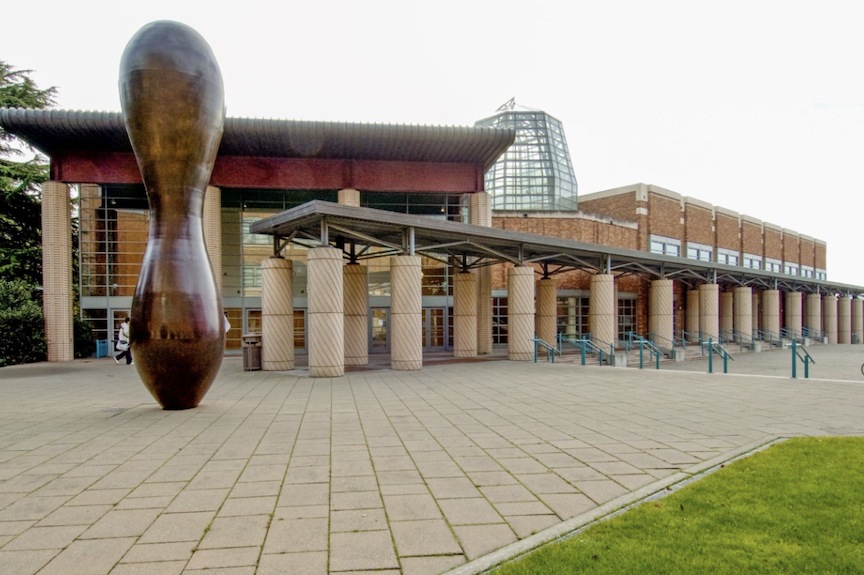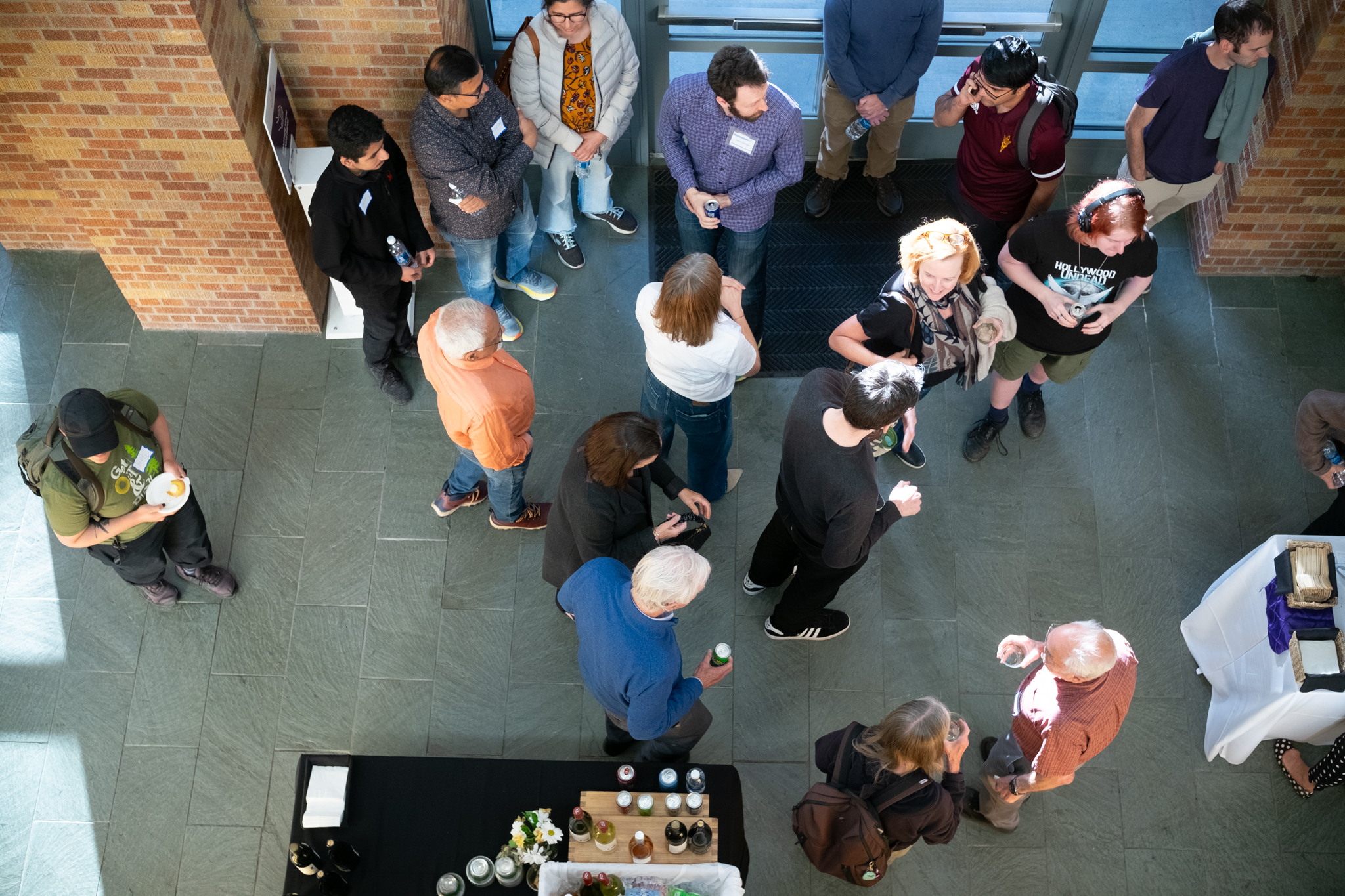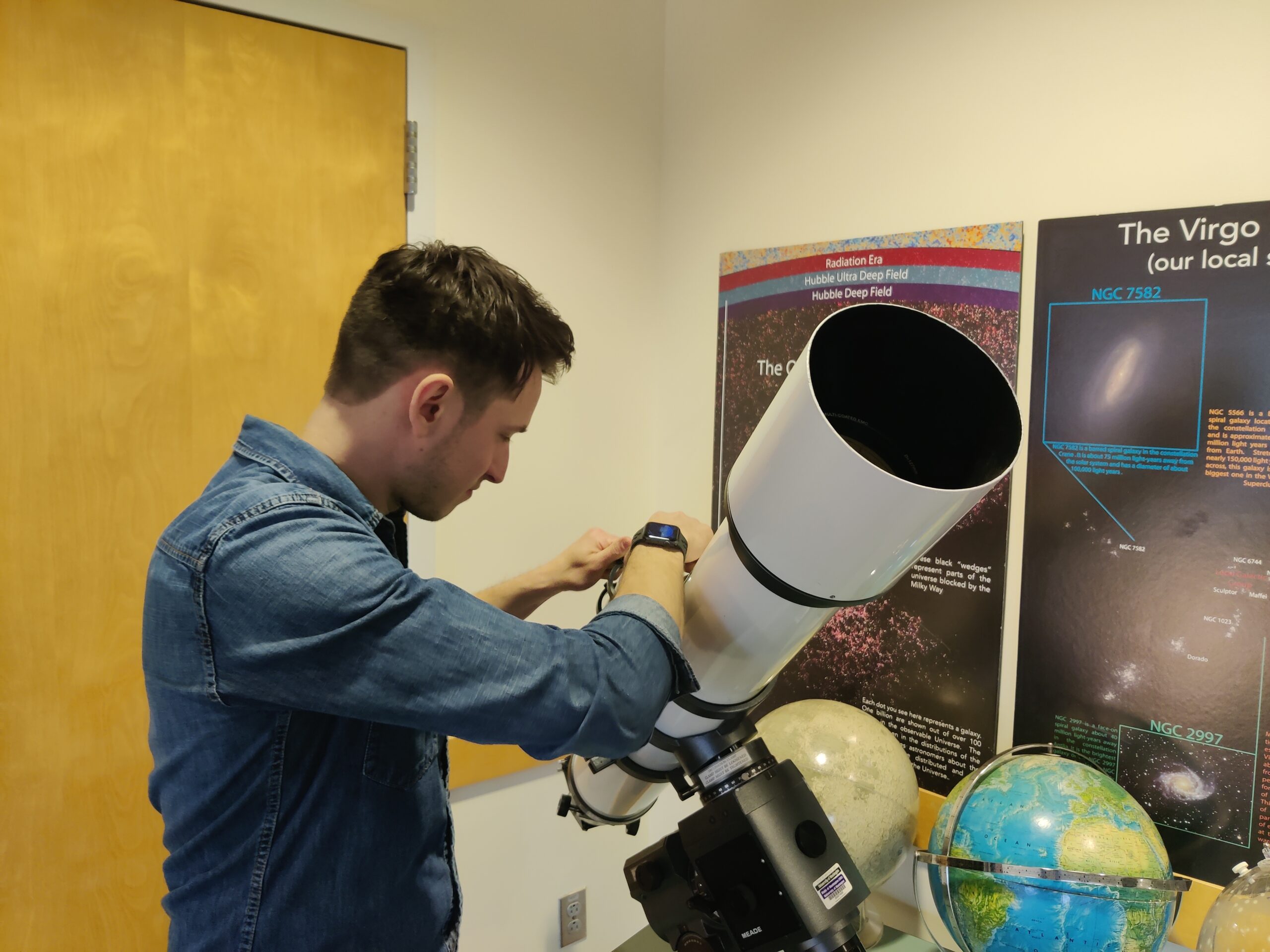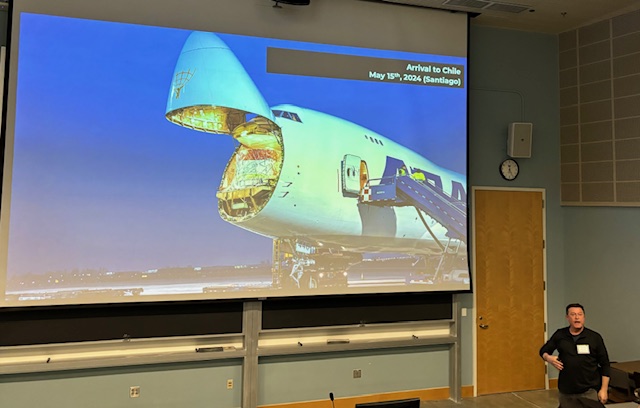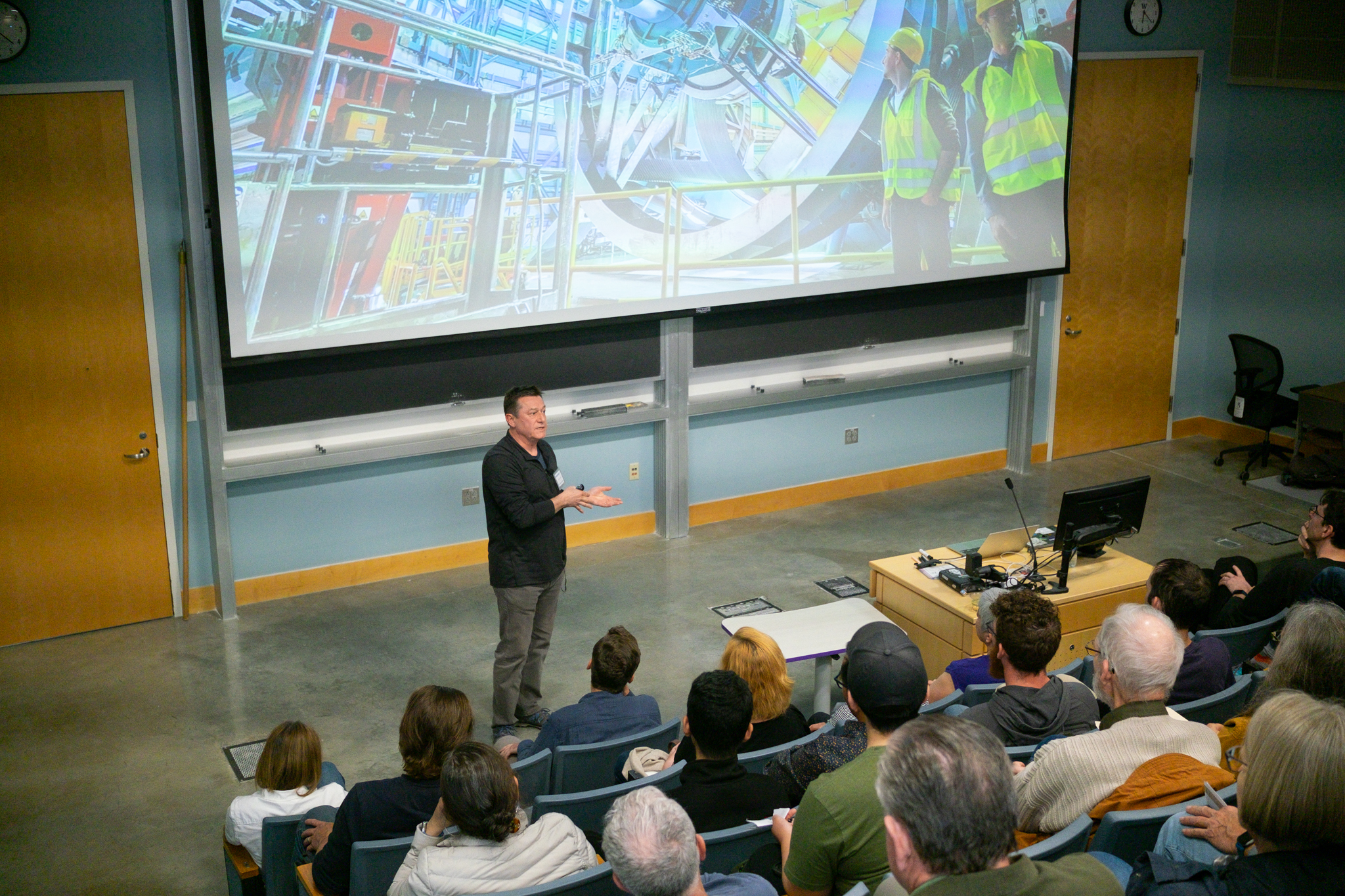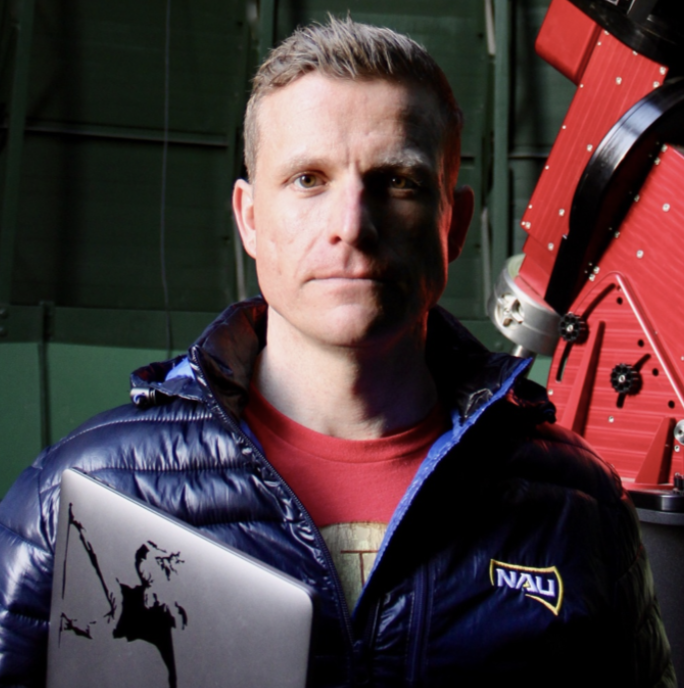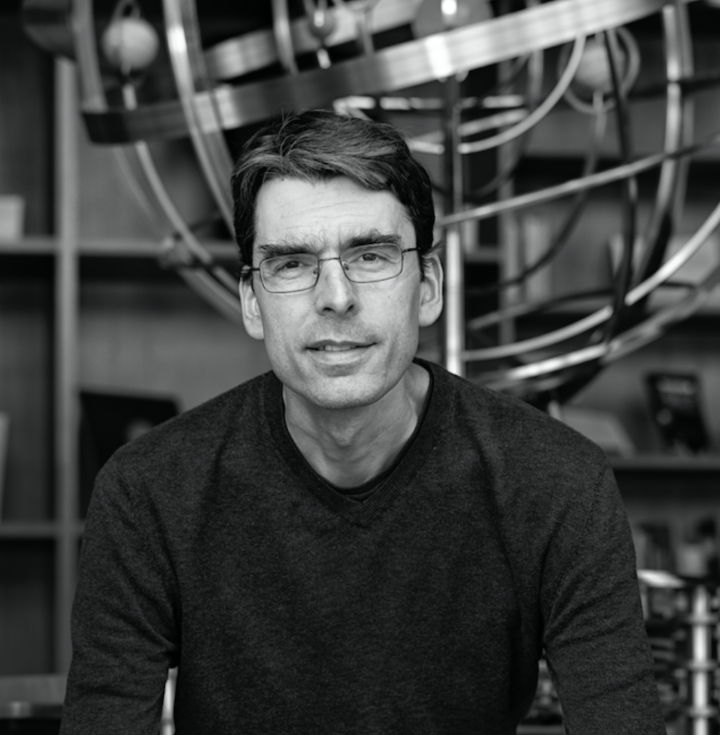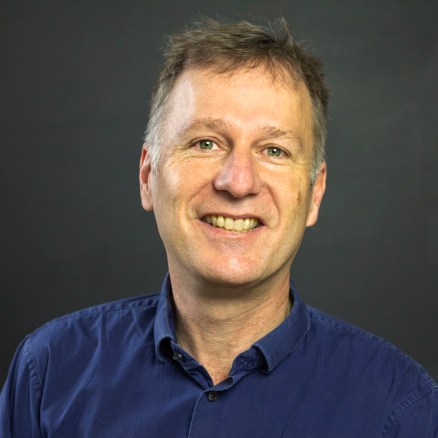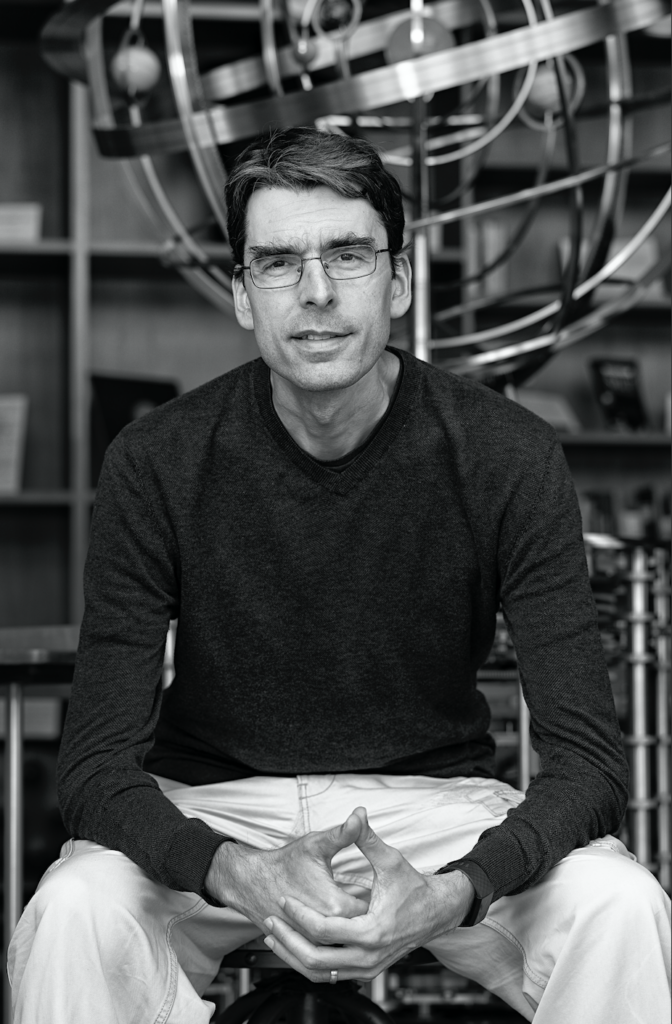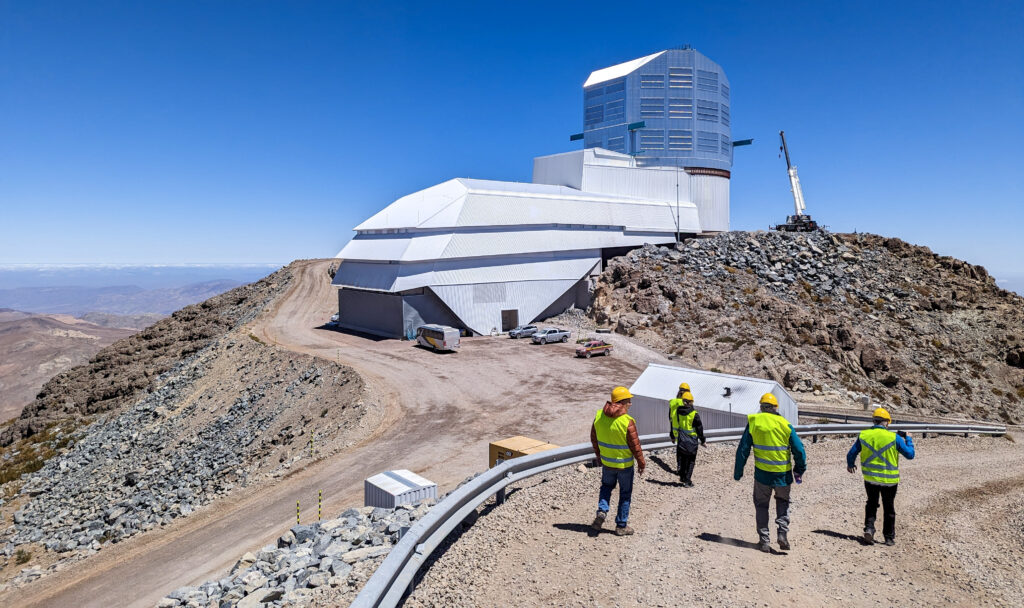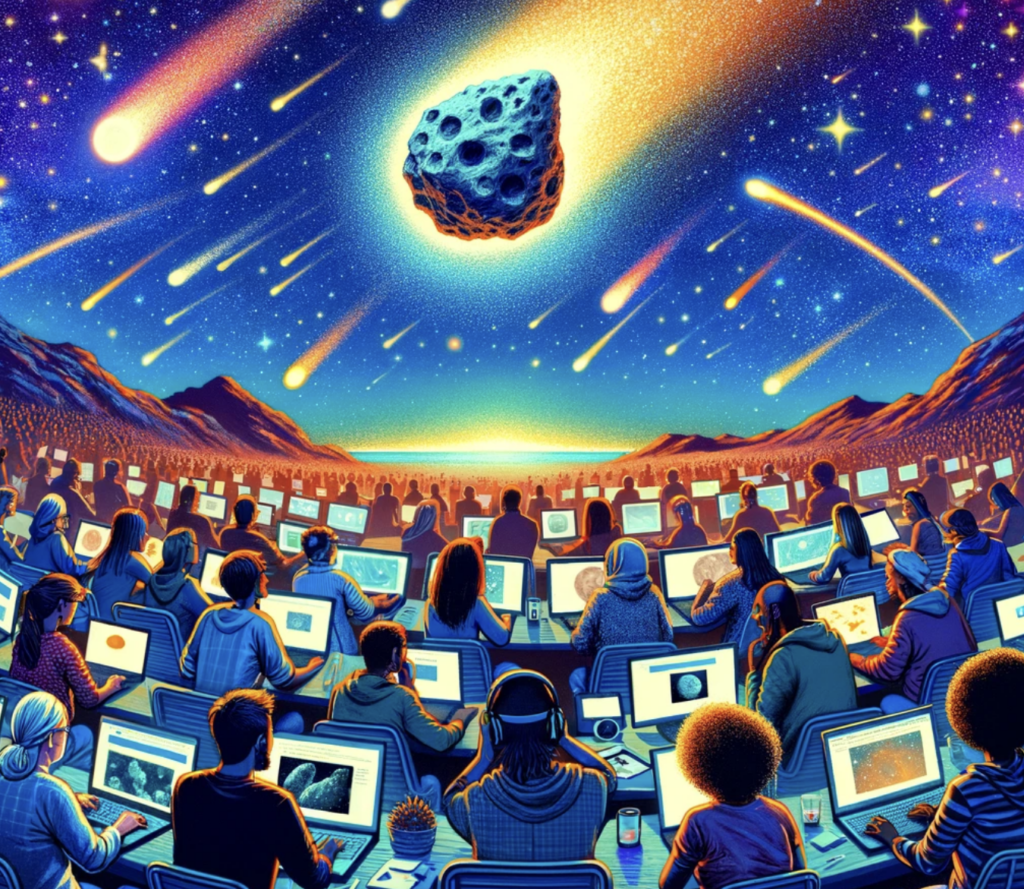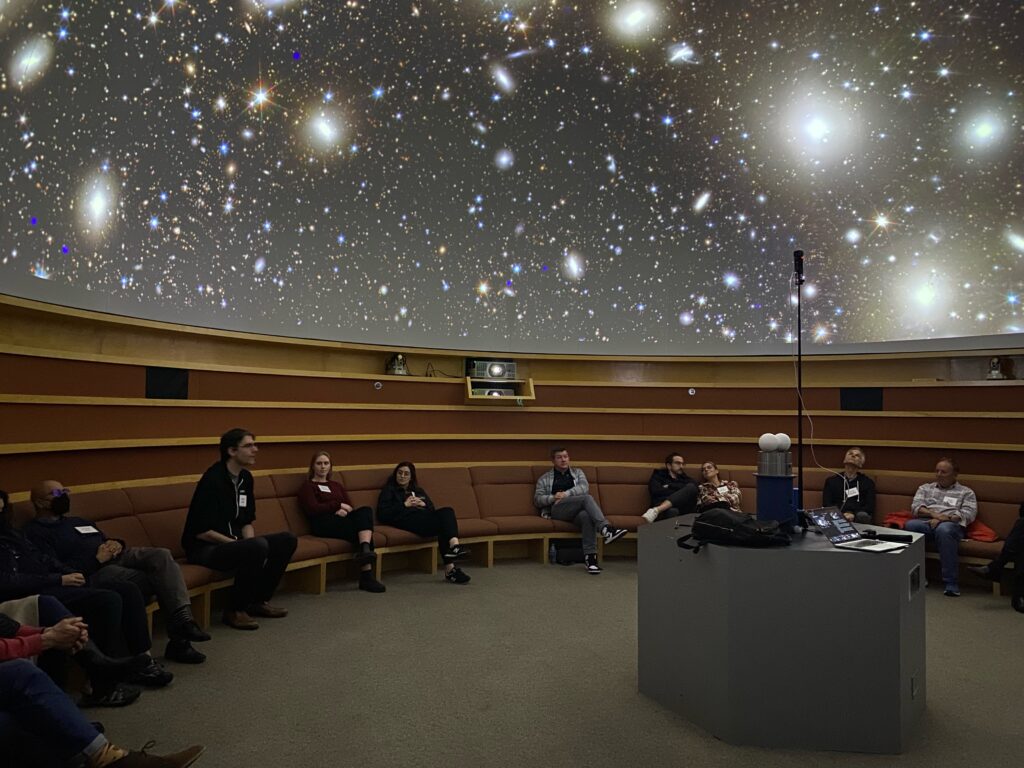
I’m excited to reach out to you today as we close out another year of groundbreaking scientific work.
And what a year it was! Our researchers published the first results from the DECam Ecliptic Exploration Program (or DEEP), the largest exploration program of the outer solar system to date. Our students made their mark by discovering rare stars and pinpointing mysterious X-ray sources. Our team also added to resolving the growing challenge of satellite constellations, studying their impact on Earth-based astronomy and exploring solutions to balance technological advancement with the need for clear skies. In total, since our founding, we have co-authored over 900 papers, earning more than 16,000 citations, including developing innovative algorithms and software that are advancing the next generation of astronomical discoveries. And our excellent undergraduates are a centerpiece of UW’s new Be Boundless campaign, held up as the example of cutting-edge innovation and teaching conducted at the University of Washington.
But the major milestone this year has been the start of commissioning of the Rubin Observatory. After nearly two decades of research, development and construction, on October 23rd the test camera on the Simonyi Telescope took the first image of the sky. This was a truly momentous occasion for the entire team. DiRAC researchers have built the core parts of the system that focuses the telescope, as well as the data processing system that analyzes the data downstream: seeing it work so well was an incredibly gratifying experience! With these first data in hand, we look towards 2025 confident that by the end of it Rubin will begin the largest optical sky survey in history: the Legacy Survey of Space and Time.
That will be our focus for 2025: realizing the 20 years of investment in Rubin by producing the first ground-breaking science from this paradigm-changing telescope.
Our researchers and students will use Rubin to search for asteroids that may impact the Earth, try to locate the 9th planet in the Solar System, understand how our planets formed, map the variable stars in our Galaxy, build the deepest map of the Milky Way, understand how the Universe as a whole is expanding, and much, much, more!
Where we are now would not be possible without you — our students and postdocs have been exploring the Universe and preparing for Rubin thanks to your support. And your continued support is what will enable these first discoveries: from funding the Summer Research Prizes for our undergraduate students – allowing them to spend a summer focused solely on research – to DiRAC Postdoctoral Fellowships which allow us to bring the best and brightest talent in astrophysics to solve these hard research problems, to outreach activities letting us bring this work into Seattle-area high schools and beyond.
I invite you to continue supporting us as we enter into the next phase of exploration. Your donation will help our students, postdocs, and researchers shape the future of astronomy!
Thank you for being a vital part of our journey.
Mario Jurić
DiRAC Director
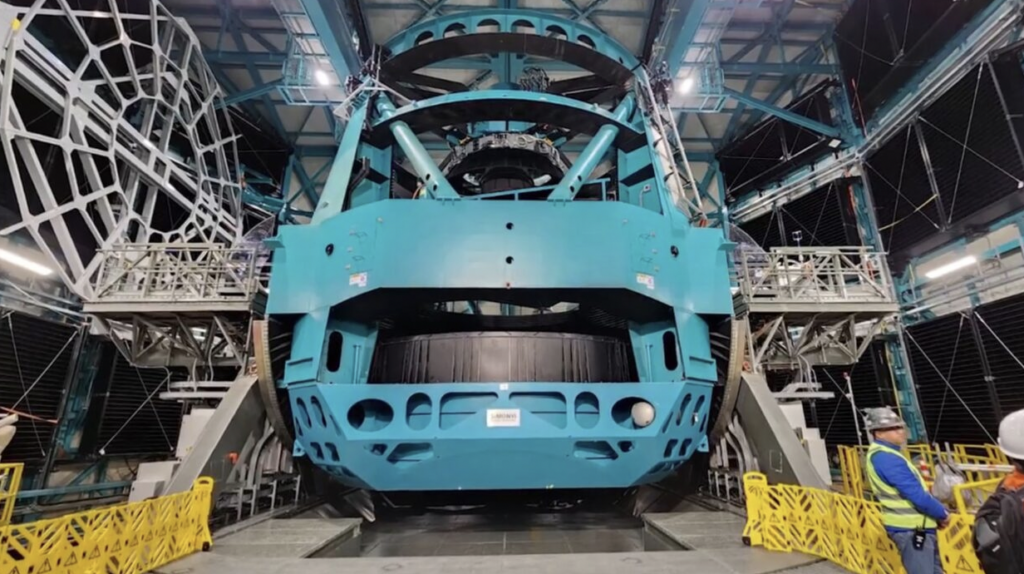
The Simonyi Survey Telescope now has its mirrors and a camera in place. (Credit: Rubin Observatory) 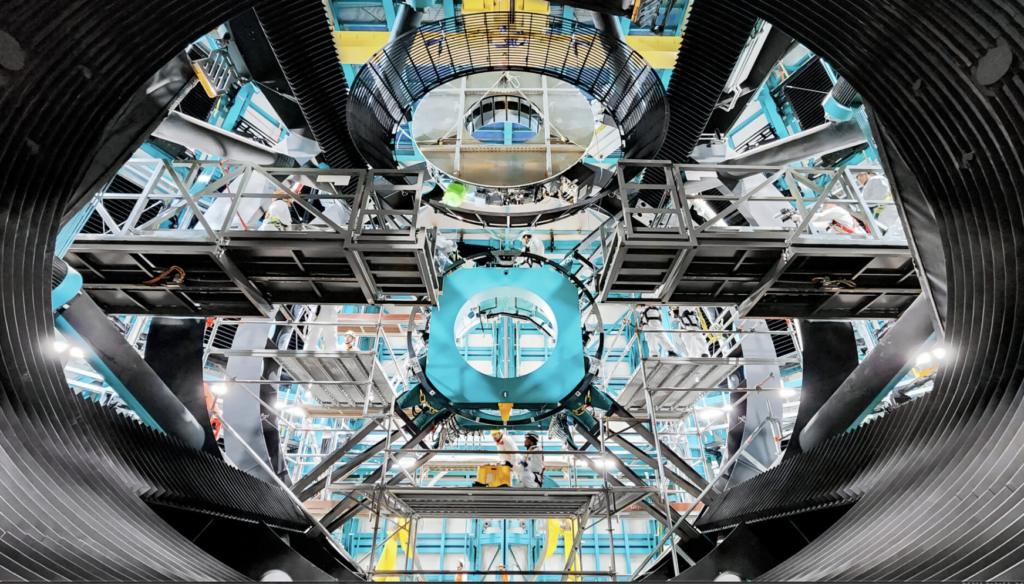
The Vera C. Rubin Observatory’s Simonyi Survey Telescope will make use of an 8.4-meter primary mirror and an 3.5-meter secondary mirror. Note the size of the support structure compared with the size of the workers on the platform. (Credit: Rubin Observatory / NSF / AURA / F. Munoz Arancibia) 



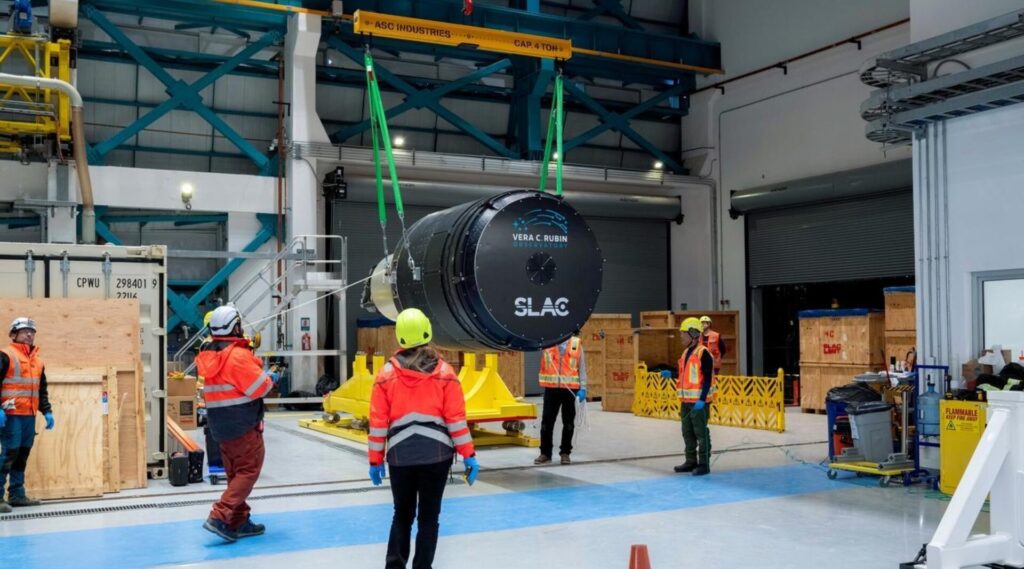
LSST Camera Arrives at Rubin Observatory in Chile 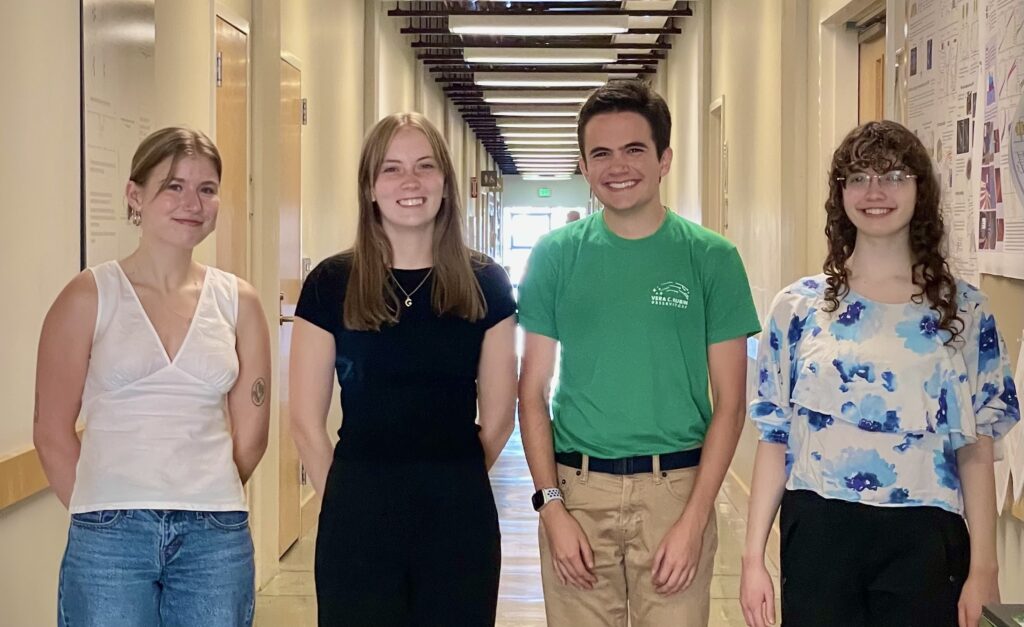
Left to Right: Sophia Watts, Maggie Vickers, Giovanni Gollotti, and Felix Knowlton
